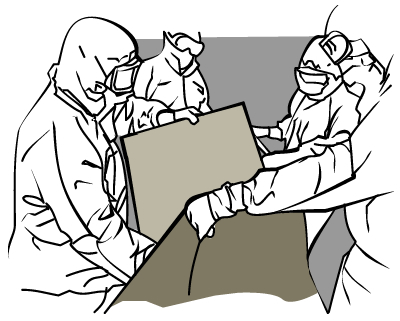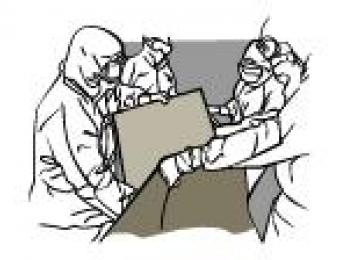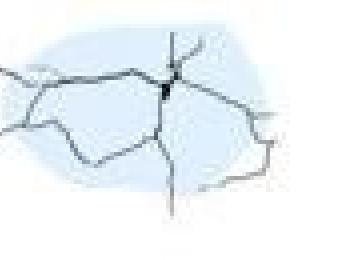
What is asbestos sheeting?
Asbestos sheeting, fibrous cement, fibrous asbestos cement, or simply ‘fibro’ was once a popular building product widely used in Australian homes. It began to be phased out in the 1980’s due to asbestos's link to serious lung diseases, including cancer. In Australia, the use of asbestos was finally banned in 2004, however asbestos sheeting may still be found in many homes today.
Asbestos fibres and dust are dangerous to the lungs so it is widely agreed that if the board is still intact it is actually safer to leave it alone than try and remove it. Once it has been cut or damaged however, it must be treated as highly dangerous and the board must be removed immediately in line with federal and state regulations. Do not try to remove it yourself - always make sure that you call an expert to do it as it can be extremely hazardous. Fibrous cement boards that contain asbestos sheeting may only be distinguished from those that do not through laboratory testing. Therefore you need to assume that any fibrous cement boards in your home which predate the 1990s do contain asbestos.
Why was asbestos sheeting installed?
Prior to its discovery as a dangerous health risk, asbestos had many applications in and around the home. Asbestos’s resistance to heat and fire saw it used as heatproof mats, oven mitts and ceiling finishes. Other useful properties such as the ability to absorb sound and withstand tensile pressure made it a natural choice for a wall building material. Asbestos sheeting was also very affordable, giving generations of Australians the opportunity to build themselves a cheap holiday residence. The association of the ‘fibro shack’ with leisure and childhood holidays sees them viewed with affection, despite the material’s potential for devastating consequences on one’s health.
Asbestos sheeting was an excellent building material for an occasional dwelling such as a holiday home because of its various qualities. It may be left for reasonably long periods of time without the need for maintenance. It doesn’t swell or rot in contact with water which makes it suitable for exterior cladding as well as sheathing, and it is not subject to infestation by insects. Asbestos sheeting was also popular for building houses in Australia’s tropical regions. Today, fibre cement is still available, minus the dangerous asbestos.
How was asbestos sheeting installed?
Asbestos sheeting was typically used to clad timber framed houses. This involved attaching the sheets to wall studs. Joins would be sealed to reduce draughts. The sheets could then be rendered but more often than not were left unclad.
|
Advantages
|
Disadvantages
|




